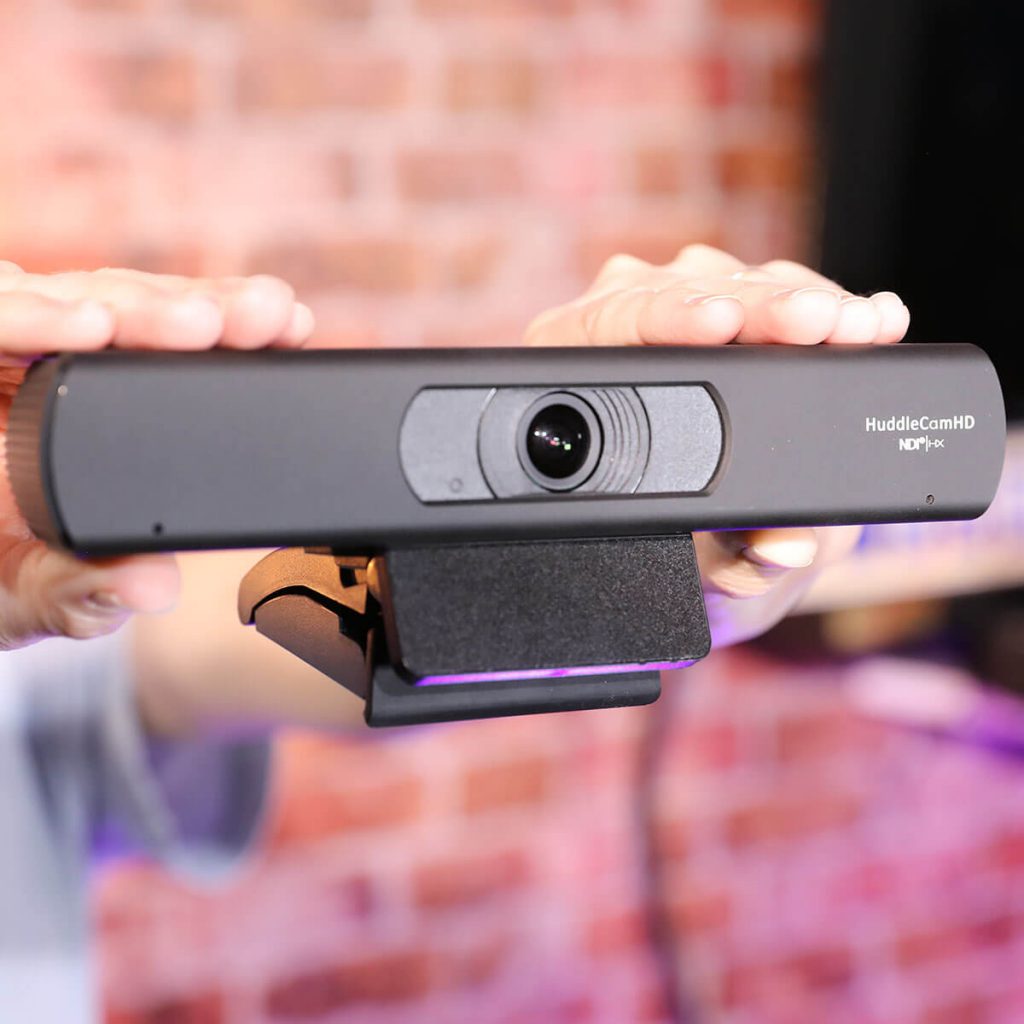PTZ vs EPTZ – The Digital Difference
PTZ vs EPTZ – The Digital Difference
There is a new technology in the world of PTZ (pan, tilt, zoom) cameras called ePTZ (electronic pan, tilt, zoom). Although these two technologies have similar names, the way they work is distinctly different. Each has its own advantages and disadvantages, and it is essential to understand the differences when choosing the right cameras for your application.

The Mechanics
To understand the differences between PTZ and ePTZ, it is vital to understand the mechanics of how they work. A traditional PTZ camera is, in essence, a robotic camera. Via remote control or a joystick, it can be panned (swiveled left to right), tilted (rotated up or down on a vertical plane), or zoomed (making the subject look closer or further away by adjusting the focal length). Motors within the camera body physically move the camera and lens and are directed by a remote control, computer, or smart device.
ePTZ is an entirely different approach. The camera can perform similar functions (pan, tilt, and zoom), but they are not mechanical movements. The camera stays in a fixed position, and the movements are simulated via software. Some users may be familiar with the concept. Simulated digital zoom has been around for a while, and most smartphones use this technology to make up for lack of an actual zoom lens. Many webcams also use digital zoom, and once it is engaged, it allows the users to virtually pan and tilt or move around within the magnified image.
The Problem with Previous Fixed Lens Digital Zoom
Until now, digital zoom and associated pan and tilt were not especially effective when quality was important. With an actual optical zoom lens, there is no loss of image quality as the focal length is changed. If the camera has a 5-megapixel sensor, no matter how far the image is zoomed, the sensor will still capture 5 megapixels. With fixed lenses and digital zoom, image magnification negatively impacts image quality. With each level of zoom, the more the image is stretched and the lower the resolution. For instance, that same 5-megapixel sensor digitally zoomed (or magnified) by 2X would now be 2.5 megapixels. Images can quickly become pixelated and blurry. This has given digital zoom a bad reputation over the years, but high-resolution 4K image sensors are about to create a paradigm shift in regards to ePTZ functionality.
Why New ePTZ Cameras Are an Improvement
New ePTZ cameras are a significant improvement over previous generations of fixed position cameras with digital zoom. Why? The available resolutions are higher. With a 1080p camera, it doesn’t take much digital zoom before the image begins to look pixelated. However, if you start with a 4K image, there is a lot more room for magnification. A 4K image can be magnified by 3X and still have the quality of a 720p image. For many applications, 720p is still enough for a quality image especially for video conferencing.

What Are the Disadvantages of ePTZ?
Even with the new, higher-resolution sensors, there are still two main disadvantages of ePTZ cameras, resolution, and range of view. If high levels of zoom are essential, ePTZ cameras may not be the best solution. At just 3X magnification, the resolution of a 4K camera is down to 720p. More magnification quickly takes the resolution down below usability. On the other hand, traditional PTZ cameras offer optical zoom up to 30X. And remember, with optical zoom, a 4K camera zoomed to 30X still has 4K resolution.
The other disadvantage of ePTZ is the available field of view. High-quality PTZ cameras can pan as much as 340 degrees and tilt up to 120 degrees. That has the potential to cover quite a large area of a room with one camera. ePTZ, on the other hand, has a field of view limited to the actual lens, which is far more narrow. Calculating the field of view of a fixed lens is a complex equation, but it is commonly around 70 degrees.
What Are the Advantages of ePTZ
Despite some potential disadvantages, ePTZ cameras are still an excellent option for many situations. They have at least two advantages over PTZ cameras, price, and size. There is also a third potential advantage that may be available once software makers catch up with the technology. First, ePTZ cameras are potentially much less expensive than similar PTZ cameras. That is because PTZ cameras have many motors and mechanisms that adjust the lens and the position of the camera. They also require sophisticated firmware to receive and implement the control signals from the remote or computer controlling the camera. ePTZ cameras, on the other hand, require none of that. They are basically constructed of a lens and sensor. This also allows them to be much smaller, making size another advantage. Their smaller size may make them suitable for mounting in locations where a larger PTZ camera would not be practical. Finally, the third potential advantage that is not available yet has to do with changing the percieved camera position instantly. Software has not caught up with this yet. However, it is theoretically possible to instantly cut from one preset shot to another on an ePTZ camera. Whereas a PTZ camera must manually move to a different preset location, which takes time since an ePTZ camera doesn’t move and could reposition with no delay.
Where to Use ePTZ Cameras
At this point, it is not a matter of PTZ vs. ePTZ. In fact, there may be many setups where PTZ and ePTZ cameras can work side by side. Their lower cost and smaller form factor may mean that it is possible to add more cameras in locations that weren’t possible with PTZ cameras. Also, non-profits and other organizations with limited budgets may find these less expensive ePTZ options can give them many of the benefits of PTZ while staying within budget.
HuddleCamHD now offers two new ePTZ camera models. You can learn about our USB and NDI EPTZ cameras models at the links below.
- Learn about our 4K NDI EPTZ Camera here.
- Learn about our 4K USB EPTZ Camera here.

